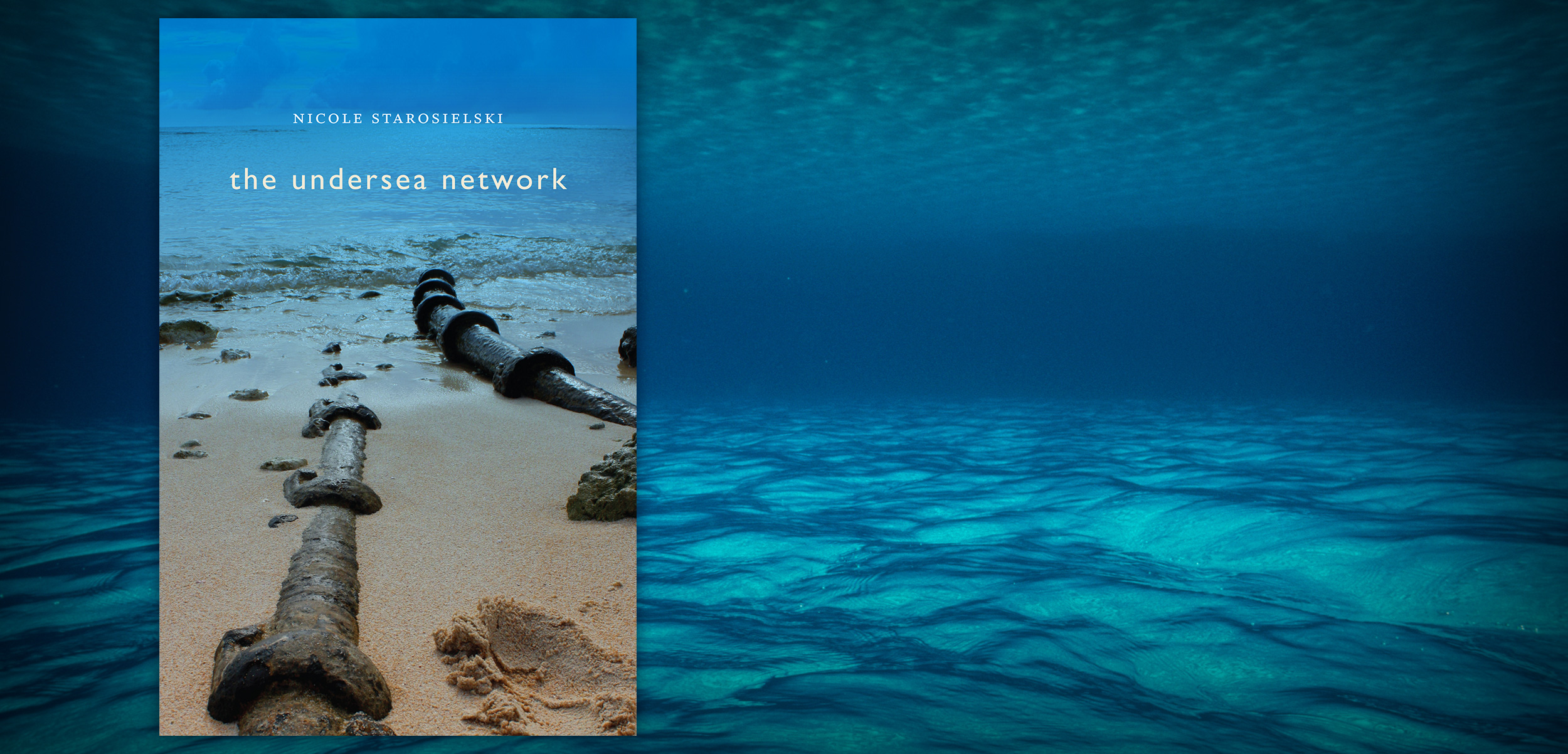Book Review: The Undersea Network
A new book, and companion website, maps the Internet’s fiber-optic backbone.
Article body copy
When former United States Senator Ted Stevens described the Internet as a “series of tubes” in 2006, everyone laughed—but he may have had a point. Satellites only handle about one percent of Internet traffic across oceans. The other 99 percent travels through a network of just a few hundred cables lying on the ocean floor.
The Undersea Network by Nicole Starosielski figuratively brings these cables to the surface. And the book’s content is bolstered by the addition of an interactive website that helps visualize the cable connections across the globe.
These subsea routes existed long before the Internet made use of them. Telegraph cables first connected continents in the 1860s, followed by telephone cables in the 1950s, and fiber-optic Internet cables in the 1990s. Developing these initial routes required extensive international collaboration and research, so most new cable networks simply followed the path of established ones.
Starosielski, an Assistant Professor of Media, Culture, and Communications at New York University, devotes many pages in The Undersea Network to the factors that determine routes and landing sites (where the cables emerge from the sea), historically and today. There are both challenges and opportunities. Storms can damage cables in shallow waters, for instance. And a good landing site takes consideration as cable companies have to weigh variables such as the location of national borders, the proximity to cities that will serve as hubs, and the accessibility of shorelines. Melting Arctic ice, however, opens possible new cable routes.
While its surroundings affect a cable’s placement, the cable itself—and its accompanying infrastructure—can affect its surroundings. Fiji, for instance, has benefited economically from being a major network hub. And when newer technologies made telegraph-era cable stations redundant, many found new life as community centers or marine research stations. In Bamfield, British Columbia, a former cable station on the remote west coast of Vancouver Island, made a perfect location for the Bamfield Marine Sciences Centre.
The Undersea Network is a fascinating interdisciplinary look at the infrastructure that lets us communicate instantly across oceans. The author avoids some of the network’s technological details, perhaps erring on the side of accessibility, but this book is a good read for anyone broadly interested in geography or communications. While navigating the companion website can be cumbersome, being able to explore the network’s international links puts the book’s information in context. Both emphasize that the digital world depends on the physical world, and that technology and nature are inextricably linked.
The Undersea Network
By Nicole Starosielski
312 pp. Duke University Press

